
I like big phones, but I cannot lie. They come with tradeoffs. Namely, despite having large hands and piano fingers, my iPhone 14 Pro Max doesn’t always feel secure in my grasp. That’s fine when I’m in bed, surrounded by soft blankets and pillows. It’s less fine when I’m trying to text one-handed on public transit or running errands.
I first encountered this problem with my first Big Phone, the iPhone XS Max. Get a PopSocket, everyone said. So I did. I had to begrudgingly admit it worked, even if they were ugly as sin. I even upgraded to a PopWallet Plus. But like Icarus, I flew too close to the sun. I’d thought because my original PopSocket had never fallen off, the PopWallet Plus was safe.
It was not.
/cdn.vox-cdn.com/uploads/chorus_asset/file/22528926/DSCF2173.jpg) Photo by Mitchell Clark / The Verge
Photo by Mitchell Clark / The Verge
I don’t know how it happened, but one day, the wallet part was gone. I looked everywhere. Under the bed, in drawers, cabinets, under my desk, in pockets, my dog’s bed, my cat’s hoard of bread ties, and even the fridge. (I once left my phone in there for two hours; it was a valid place to look.) Alas, it — and my driver’s license, three credit cards, and MetroCard — had disappeared. To this day, I don’t know where it is.
The experience soured me on PopSockets as a brand and began what is now a three-year search for an alternative. I thought it’d be easy. Instead, everything I bought eventually fell off because the adhesive was weaksauce, and my poor phone skittered across floors, cement, asphalt, and other surfaces. (I now have a deep appreciation for tempered glass screen protectors.)
This became less of an issue when covid-19 struck and we were all cooped up at home. It became an issue again once restrictions eased and I had to go outside again. By then, I’d upgraded to the iPhone 12 Pro Max and had MagSafe. Surely, I thought, some intrepid accessory maker had come up with a convenient, cool, and aesthetically pleasing option that didn’t impede wireless or MagSafe charging and would let me lay my phone flat. But these were the early days of MagSafe’s return — the pickings were slim, and PopSockets’ MagSafe options did not inspire confidence.
/cdn.vox-cdn.com/uploads/chorus_asset/file/24089895/226330_Fitbit_Sense_2_VSong_0006.jpg) Photo by Victoria Song / The Verge
Photo by Victoria Song / The Verge
The first thing I bought was this Sinjimoru strap. It was $10, discreet, and easily removable. All you had to do was slip the strap through your case and hook the looped end on a tiny clasp. What I liked most was how comfortable it was. You hold your phone naturally, and the strap provides passive support, so you don’t have to grip as hard. People asked me about it all the time, and for a whole year, I thought I’d found the answer to my problems. The only issue was that, thin as it was, it still impeded wireless charging. There was a workaround — I could unclip the strap and lay the phone flat on the charger.
Except doing that so often led to the strap slipping off the clasp at inopportune moments. At the same time, I got tired of propping up my phone whenever I wanted to watch a video while cooking or doing other chores around the house.
It was right around then that I started seeing an Instagram ad for the Ohsnap Snap 3 Pro. I balked at the $29.99 price tag, but to be fair, this thing claimed to do a lot. It had a similar grip to the PopSocket but was rotatable and could double as a kickstand. It was much thinner at 2.5mm — about the thickness of a nickel. It also had magnets in the outer ring, so you could slap it on your fridge or any other metal. The best part was I didn’t have to remove it to use my MagSafe chargers.
For about three weeks, it worked fine. The thinness was nice and all, but the plastic wasn’t that comfortable in my fingers. It felt flimsy, even though it was weirdly durable. And then, one day, a tiny plastic bit broke off while I was switching it into kickstand mode. Then, the super-thin plastic got wonky. It got harder to snap the grippy part back in place — and soon, it wouldn’t snap back at all. It just sort of... hung out slightly extended like an accordion. So back to the drawing board I went.
What I’ve got now is a sparkly $20 magnetic phone ring I found on Amazon. Unlike the Snap 3 Pro or PopSockets, the grip is a metal ring that hinges outward. It’s rotatable, so you can adjust the grip as needed, and doubles as a kickstand. This particular grip has a secondary ring that pops out from the original, which gives you so many options for kickstand angles. I love that. I like how sturdy it feels, and there’s no budging the magnets on this thing. But I don’t love how uncomfortable the metal grip is. I’ve tried holding it every which way, and none of them feel particularly natural. Plus, I have to take it off to use MagSafe chargers. That means I’ve already misplaced it several times because my cats like to bat objects off nightstands.
/cdn.vox-cdn.com/uploads/chorus_asset/file/24904073/IMG_1753.jpg) Photo by Victoria Song / The Verge
Photo by Victoria Song / The Verge
I am tired. All I want is to hold my big silly phone more comfortably, have a kickstand, and be able to use MagSafe chargers without having to remove anything. Is that really so much to ask for in one product? Would it be pure, unadulterated greed to ask for one that’s also thin, not too expensive, or hideous?
I never thought this would be such a Herculean task, especially since Amazon is littered with third-party options. But what I’ve found is that very few options manage to get everything right. Some, like the Snap 3 Pro, tick off all the boxes but then fail to execute on long-term durability. Others, like the Sinjimoru strap, just do one or two things well. Perhaps there are more utilitarian options I simply haven’t found yet — but I have a hunch those options may also be ugly as sin. That may feel like a superficial complaint, but it’s also not a crime to want your phone (and its accessories) to express your own style.
Hopefully, this $20 grip that I just bought will be the answer. It’s thin, has a ring that you can use as a kickstand, a loop for your finger, and lets you use it with a MagSafe charger. My colleague Dan Seifert demonstrated it on a video call, and I have high hopes. Otherwise, I may have to concede that The Verge’s resident phone reviewer Allison Johnson was right, and 6.1 inches may be the perfect phone size. And I’m just not ready to do that yet.

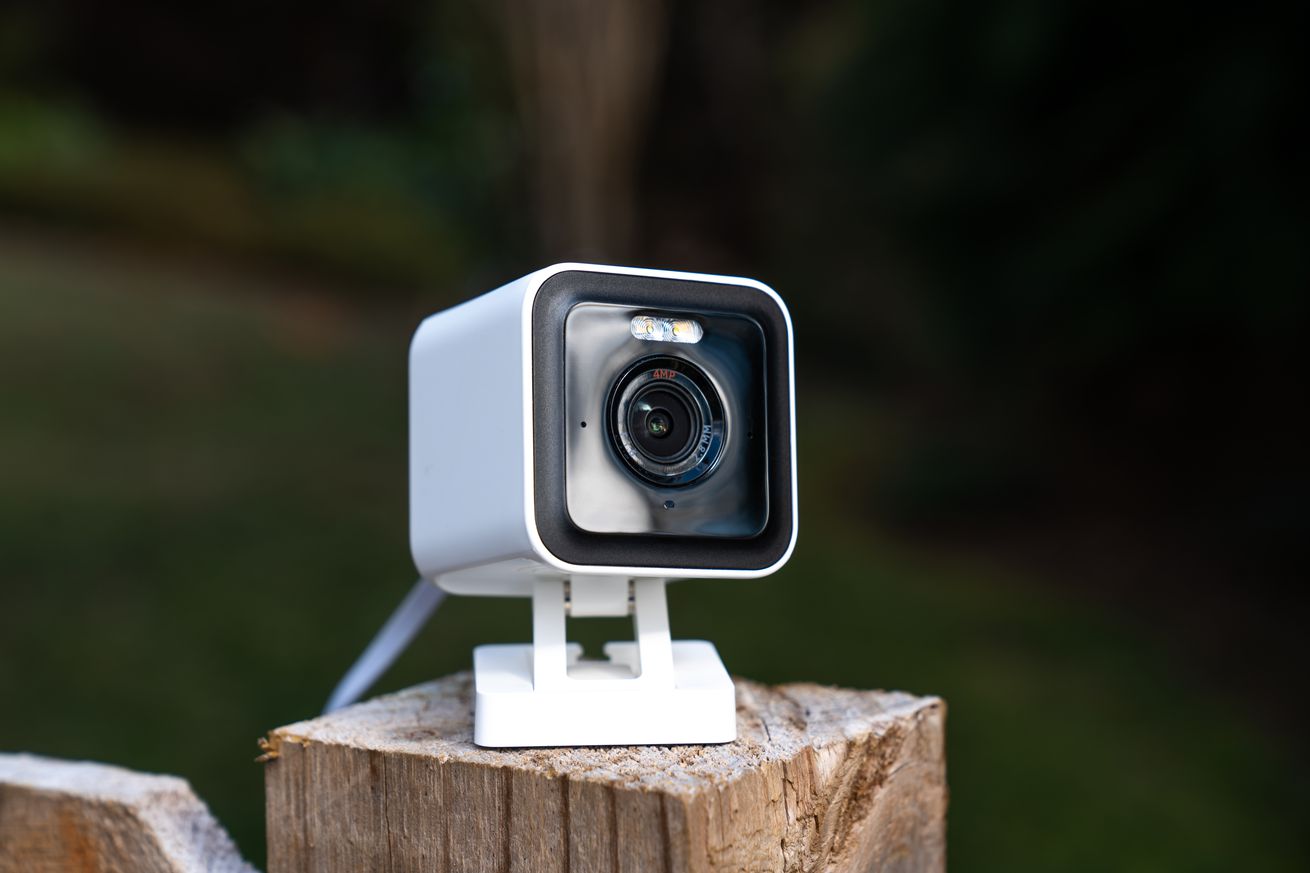



/cdn.vox-cdn.com/uploads/chorus_asset/file/22953788/IMG_0040.jpg) Photo by Chris Welch / The Verge
Photo by Chris Welch / The Verge

/cdn.vox-cdn.com/uploads/chorus_asset/file/24905509/1241146635.jpg) Image: Getty
Image: Getty
/cdn.vox-cdn.com/uploads/chorus_asset/file/24905507/image.png) Image: Tesla
Image: Tesla



/cdn.vox-cdn.com/uploads/chorus_asset/file/24899769/090523_Polaroid_I_2_ADiBenedetto_0001.jpg) Image: Antonio G. Di Benedetto / The Verge
Image: Antonio G. Di Benedetto / The Verge
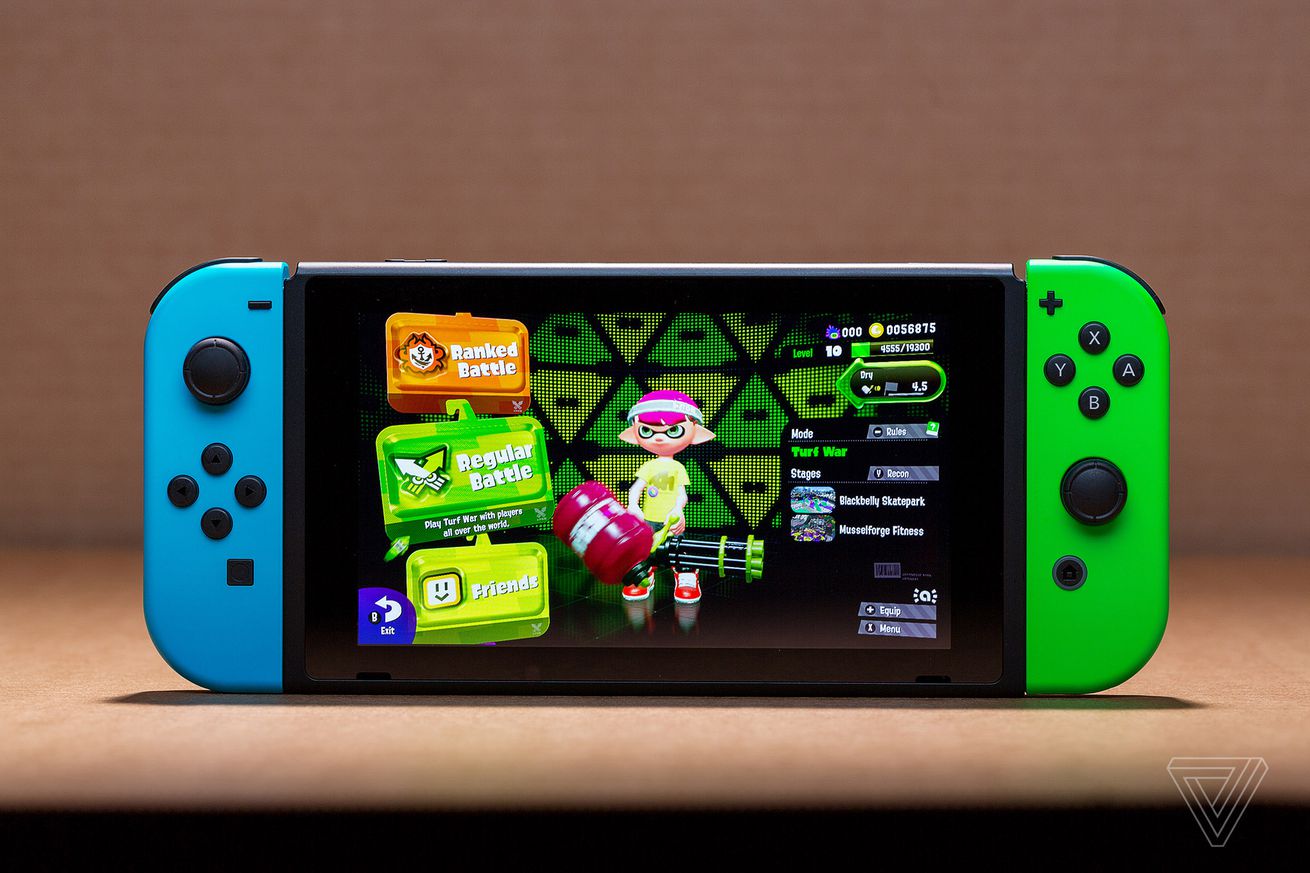

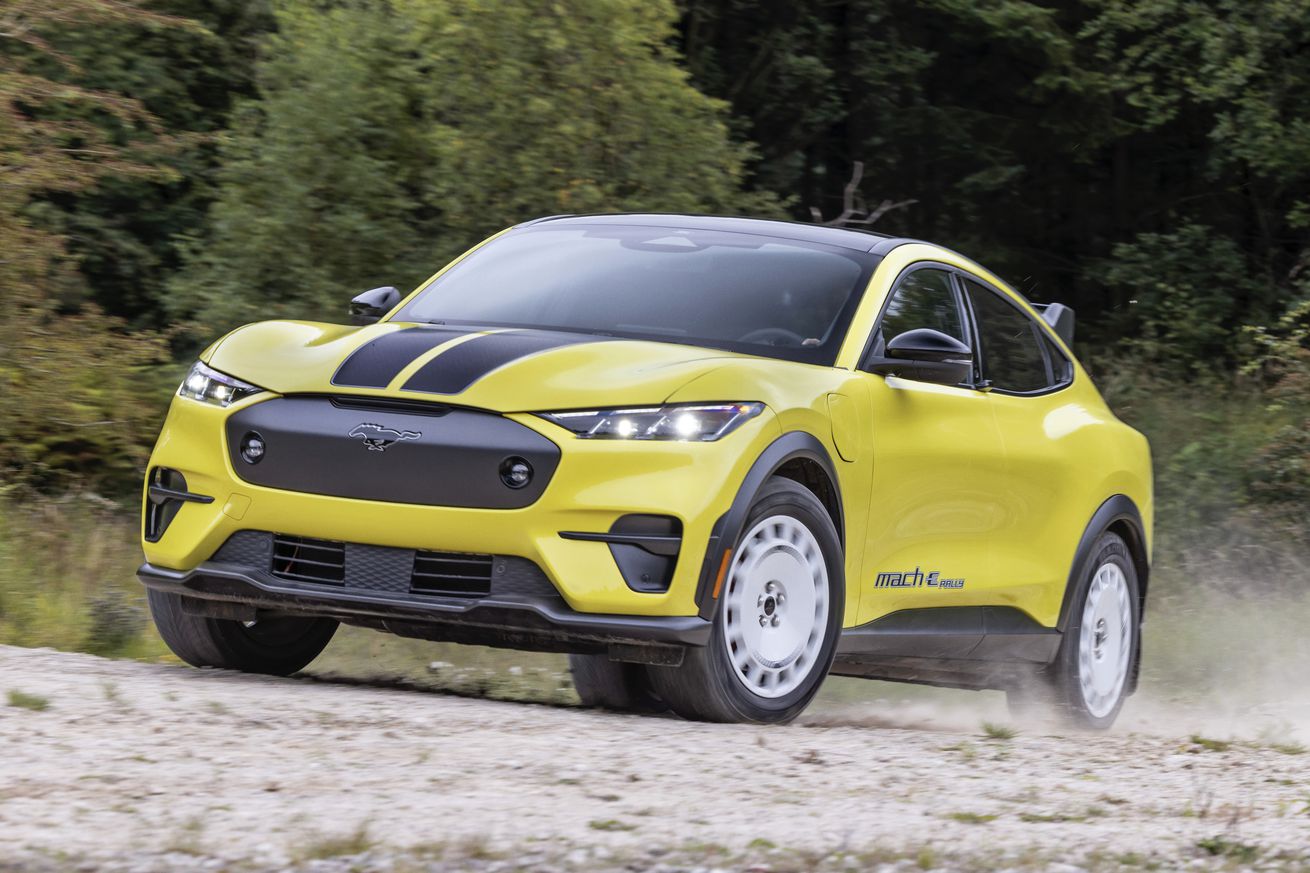
/cdn.vox-cdn.com/uploads/chorus_asset/file/24902001/All_Electric_Mustang_Mach_E_Rally_22.jpg) Image: Ford
Image: Ford
/cdn.vox-cdn.com/uploads/chorus_asset/file/24902008/All_Electric_Mustang_Mach_E_Rally_03.jpg) Image: Ford
Image: Ford

/cdn.vox-cdn.com/uploads/chorus_asset/file/24900049/image__16_.jpg) Image: European Commission
Image: European Commission
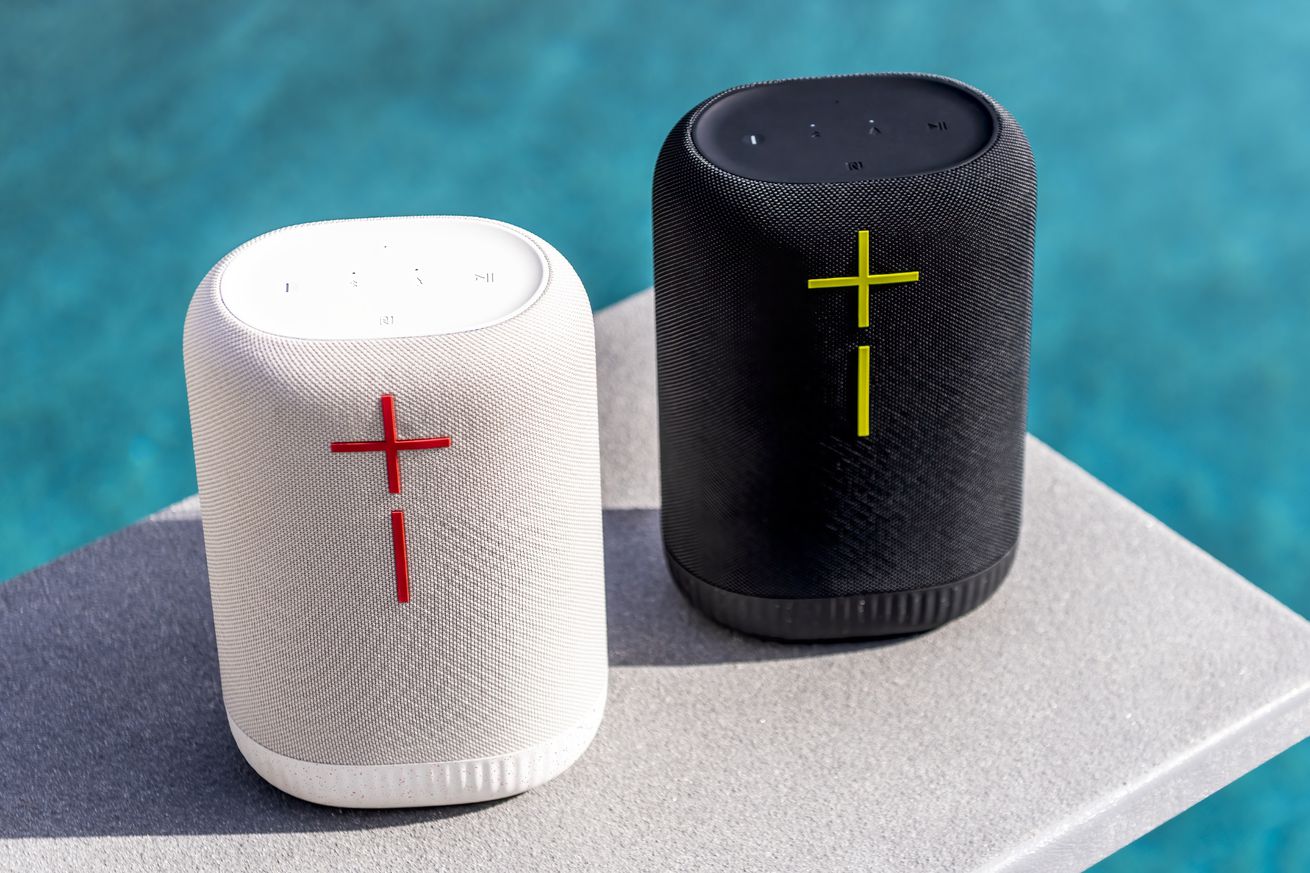
/cdn.vox-cdn.com/uploads/chorus_asset/file/24900020/epicboom.jpg) Image: Ultimate Ears
Image: Ultimate Ears

/cdn.vox-cdn.com/uploads/chorus_asset/file/24884963/XBOX_Advantage_Wired_Lumectra__White__3.png) Image: PowerA
Image: PowerA
/cdn.vox-cdn.com/uploads/chorus_asset/file/24884956/Lumectra_RGB_Light_Strip_3.png) Image: PowerA
Image: PowerA
/cdn.vox-cdn.com/uploads/chorus_asset/file/24885028/Image_from_iOS.jpg) Photo by Umar Shakir / The Verge
Photo by Umar Shakir / The Verge



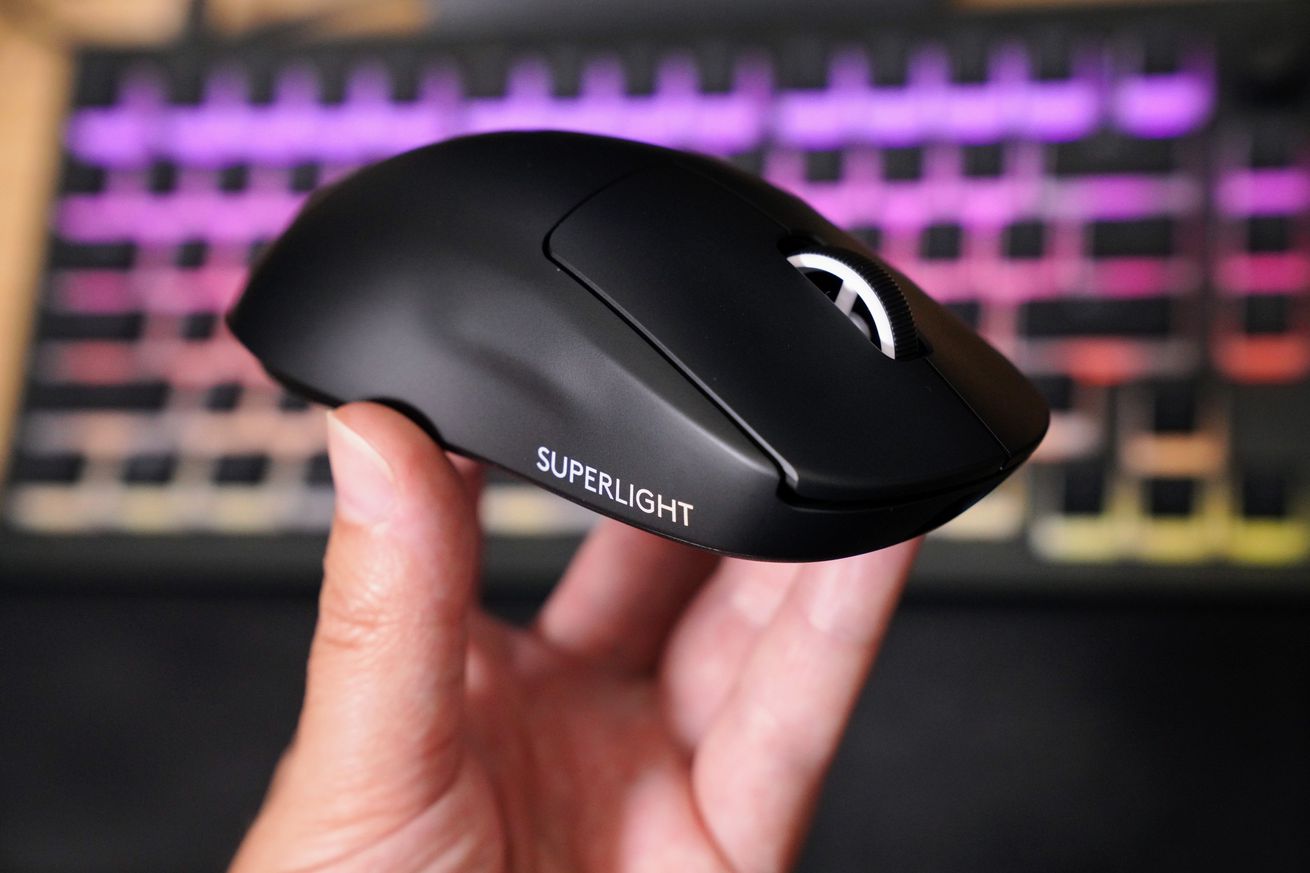
/cdn.vox-cdn.com/uploads/chorus_asset/file/24897076/logitech_g_pro_x_superlight_2_sean_hollister_verge_002.jpg) Photo by Sean Hollister / The Verge
Photo by Sean Hollister / The Verge
/cdn.vox-cdn.com/uploads/chorus_asset/file/24897075/logitech_g_pro_x_superlight_2_sean_hollister_verge_001.jpg) Photo by Sean Hollister / The Verge
Photo by Sean Hollister / The Verge
/cdn.vox-cdn.com/uploads/chorus_asset/file/24897081/logitech_g_pro_x_superlight_2_sean_hollister_verge_004_2.jpg) Photo by Sean Hollister / The Verge
Photo by Sean Hollister / The Verge
/cdn.vox-cdn.com/uploads/chorus_asset/file/24897082/logitech_g_pro_x_superlight_2_sean_hollister_verge_006_2.jpg) Photo by Sean Hollister / The Verge
Photo by Sean Hollister / The Verge
/cdn.vox-cdn.com/uploads/chorus_asset/file/24897077/logitech_g_pro_x_superlight_2_sean_hollister_verge_003.jpg) Photo by Sean Hollister / The Verge
Photo by Sean Hollister / The Verge

/cdn.vox-cdn.com/uploads/chorus_asset/file/24895714/audi_q6_etron_2.jpg) Image: Audi
Image: Audi
/cdn.vox-cdn.com/uploads/chorus_asset/file/24895717/audi_q6_etron_3.jpg) Image: Audi
Image: Audi
